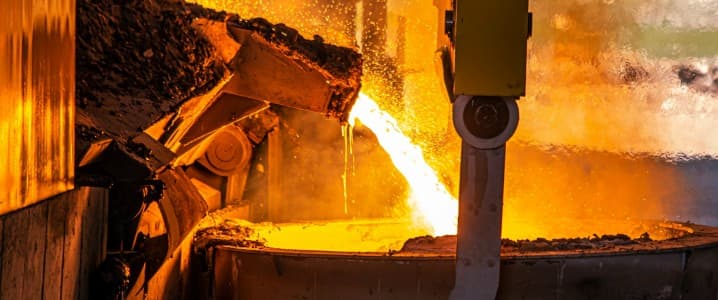Australia’s federal government and the South Australian and Tasmanian state governments are injecting a funding package into two struggling smelters ultimately owned by commodity trading giant Trafigura to help them convert into sites capable of producing critical minerals.
As Australia pitches itself as an alternative to China’s global dominance in critical minerals and rare earth elements, the federal Albanese government and the two state governments will invest a total of US$87 million (AUS$135 million) in supporting the transformation of the Port Pirie and Hobart smelters owned by Trafigura’s Nyrstar, the Australian Minister for Industry and Innovation and Minister for Science, Tim Ayres, said on Tuesday.
The funding package will help turn the two sites into modern facilities capable of producing critical minerals.
Port Pirie is home to Australia’s only lead smelter while Hobart is the site of the country’s largest zinc smelter. Port Pirie produces commodity grade lead, copper matte, silver dore, and sulphuric acid, while the Hobart facility has a production capacity of up to 280,000 tons of zinc.
The support package, coupled with investment from the company, “will enable Nyrstar to maintain its operations while progressing detailed engineering plans to potentially rebuild and modernise both smelters and, at the same time, fast track feasibility studies into world-leading critical metals production,” the Australian government said.
Nyrstar proposes to explore the potential production of essential critical minerals, including antimony and bismuth at Port Pirie, and germanium and indium at Hobart.
An immediate focus of the package is to deploy an Antimony Pilot Plant in Port Pirie, which, if successful, would make Port Pirie the only producer of antimony metal in Australia and one of the few producers globally, the government said.
Peter Malinauskas, the Premier of South Australia, said at the press conference announcing the bailout, “The counterfactual would be to allow the Western world to see China consolidate all of its smelting capacity – all of the world’s smelting capacity, which would mean that we don’t get to participate in the critical mineral and critical mineral supply chain of the future.”
Malinauskas continued, “That’s an unacceptable risk, particularly in the current geostrategic environment.”
The Australian government has also pledged to establish a critical minerals strategic reserve.
By Tsvetana Paraskova for Oilprice.com
More Top Reads From Oilprice.com

